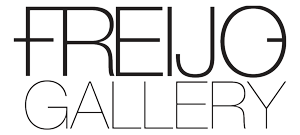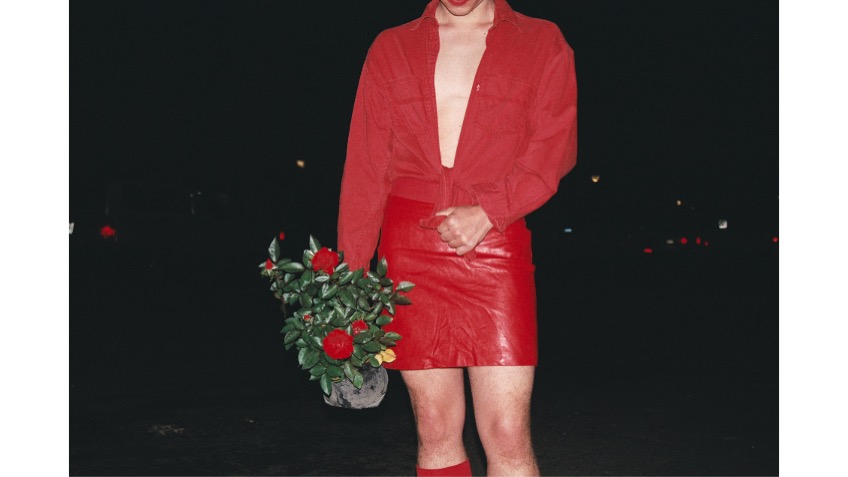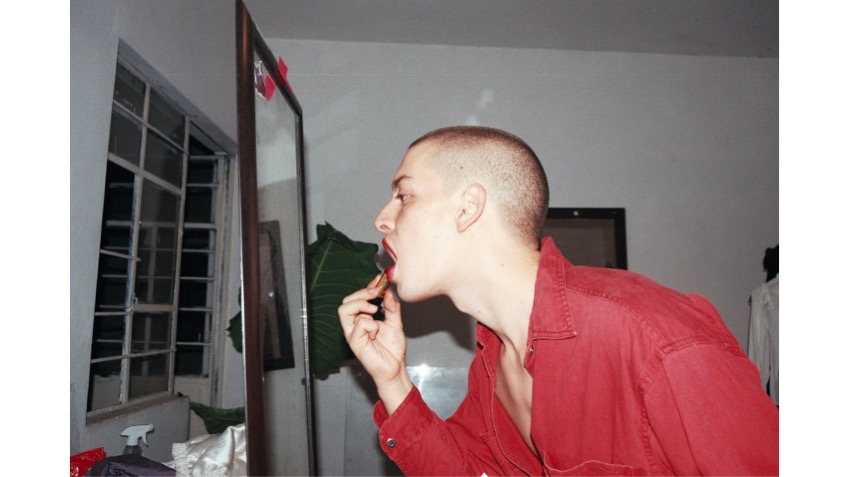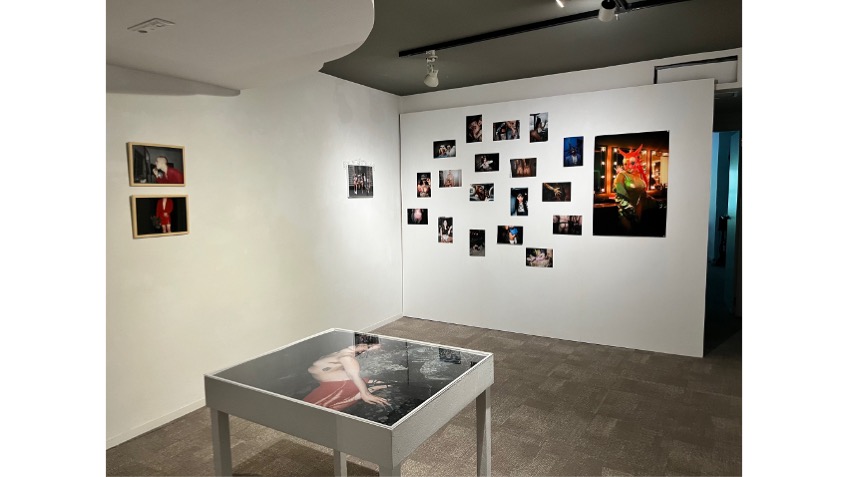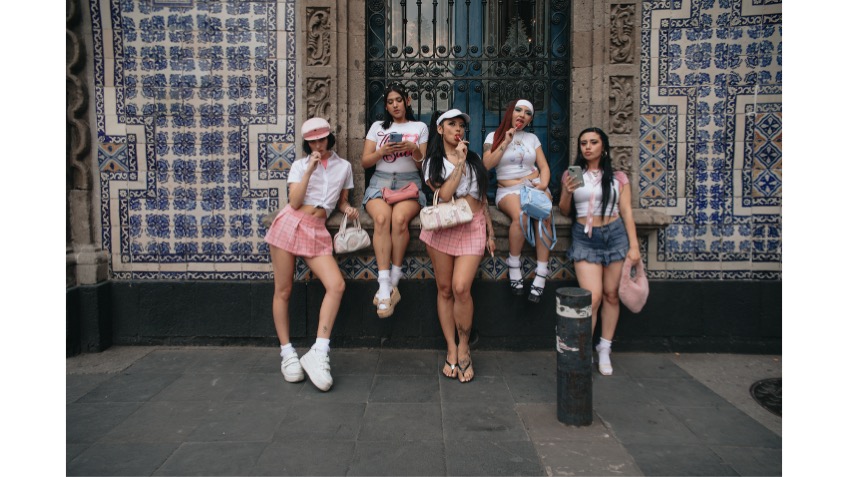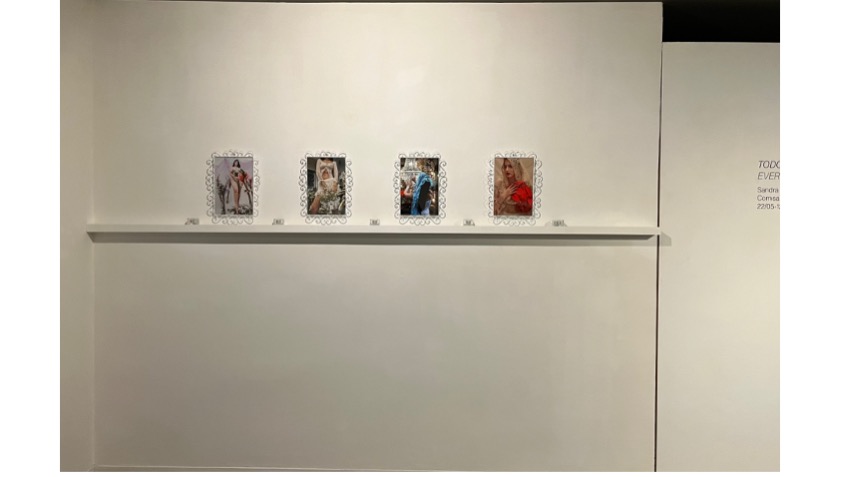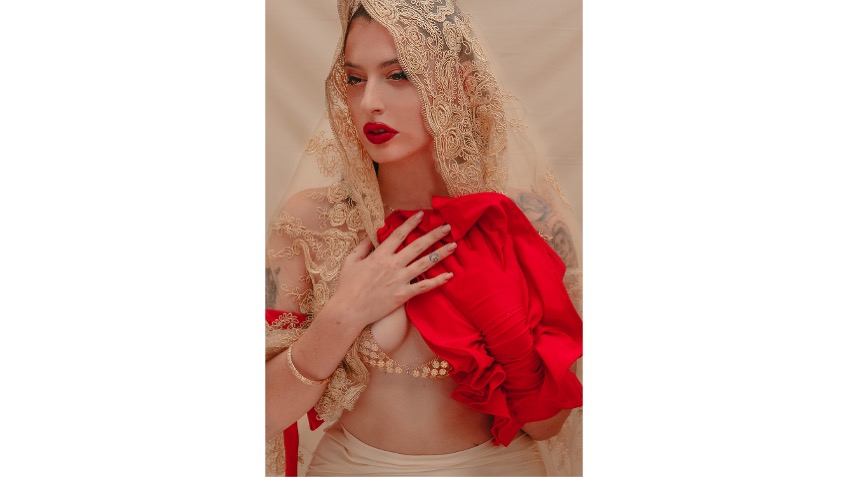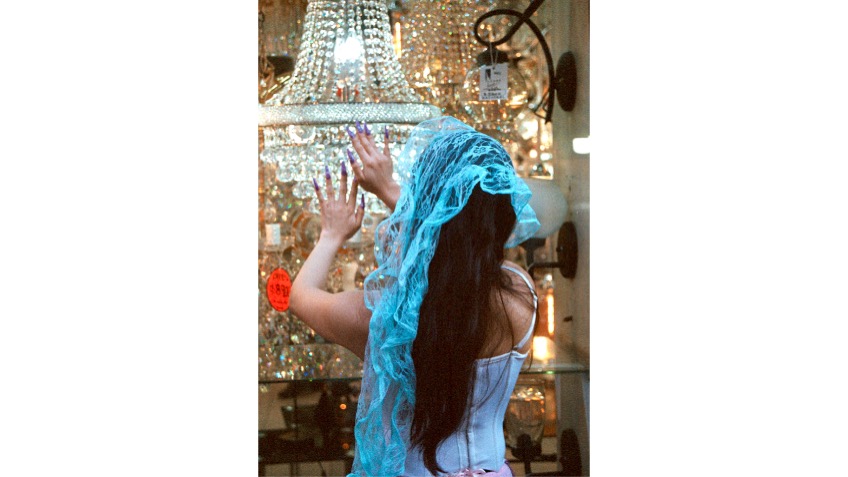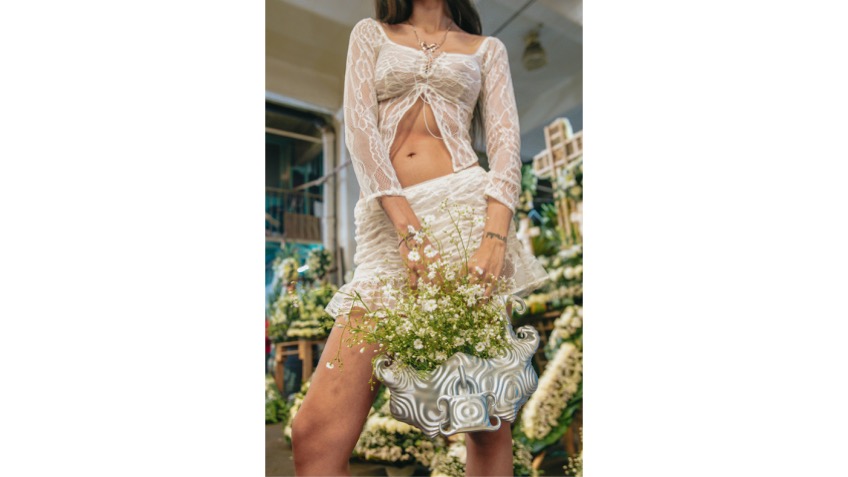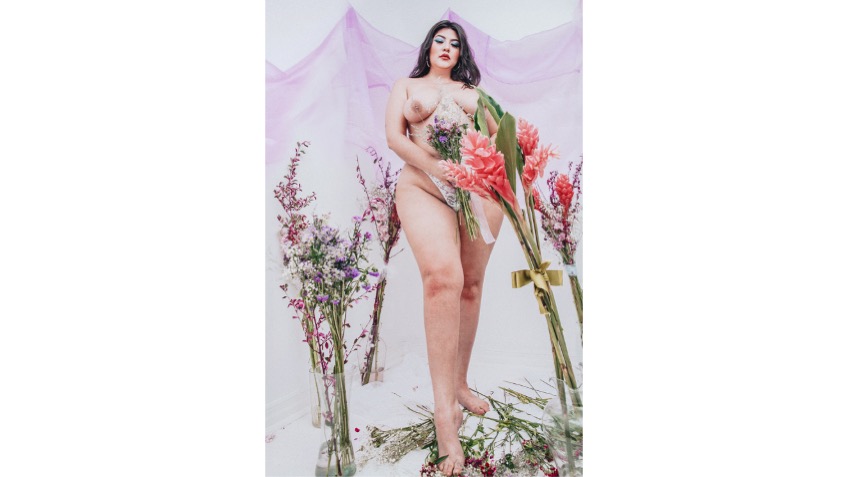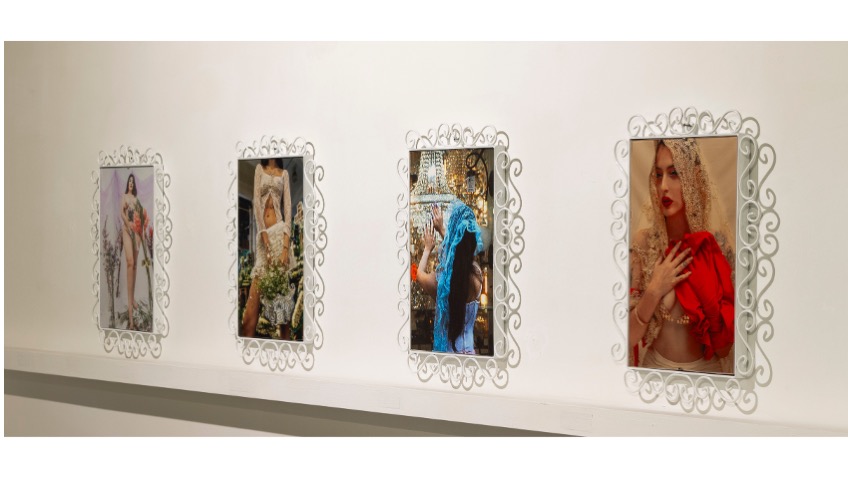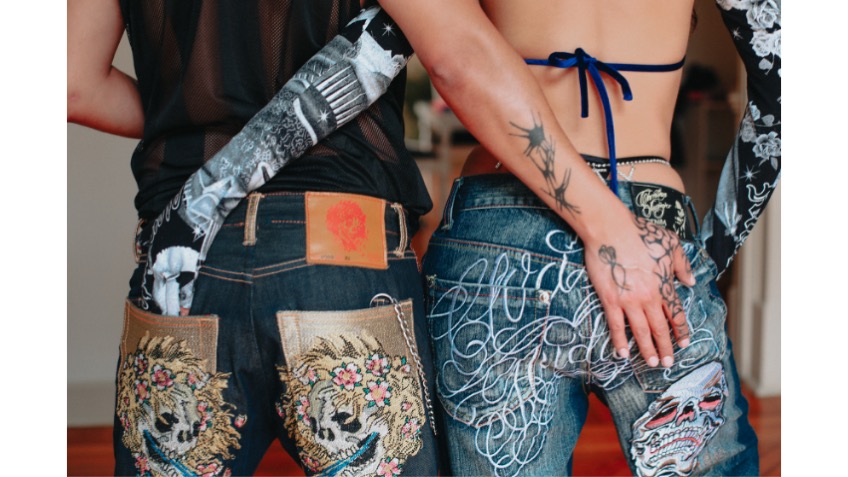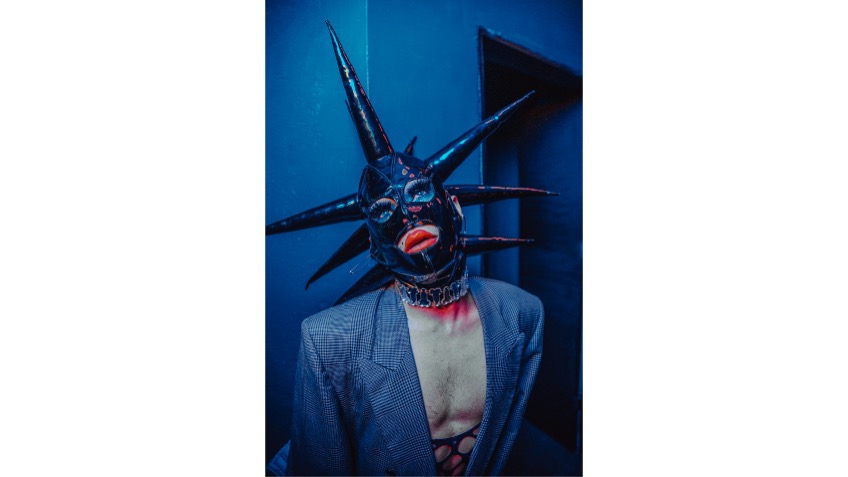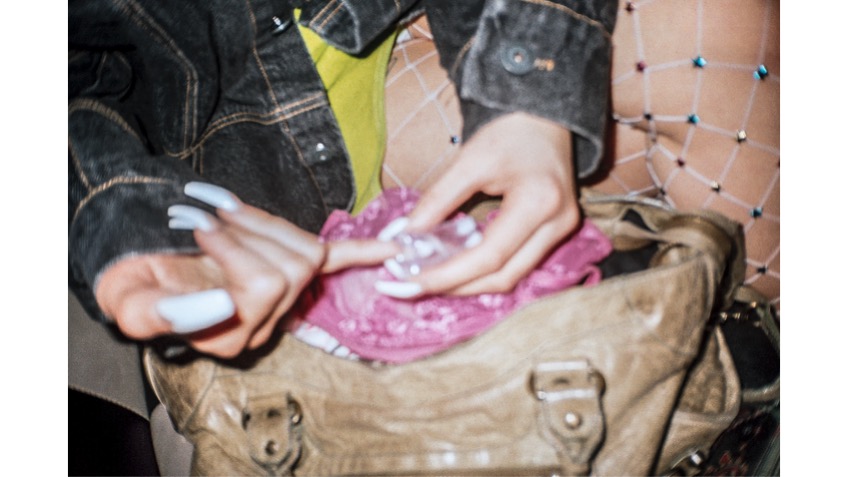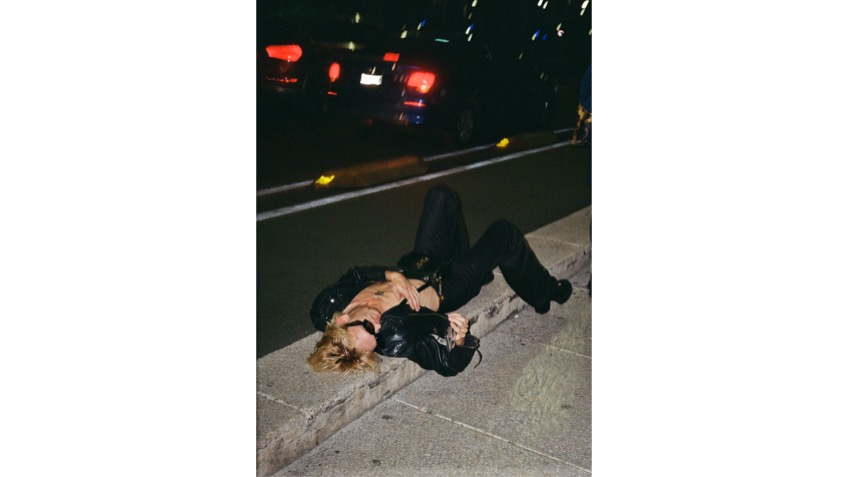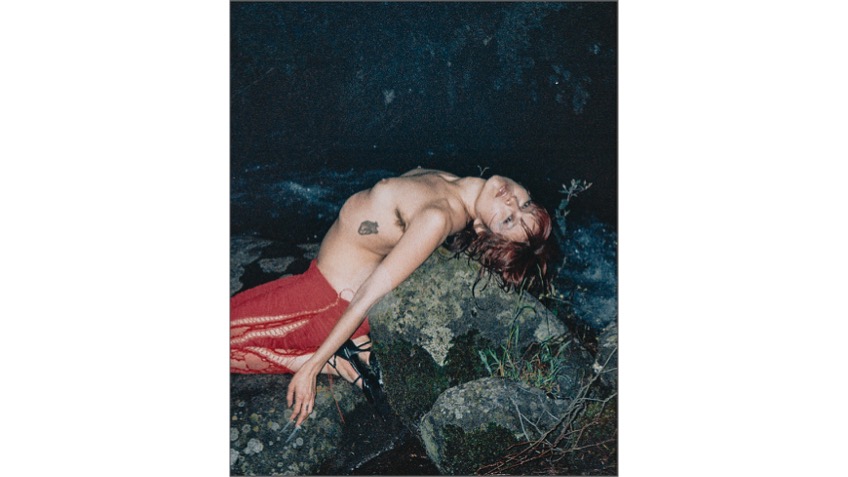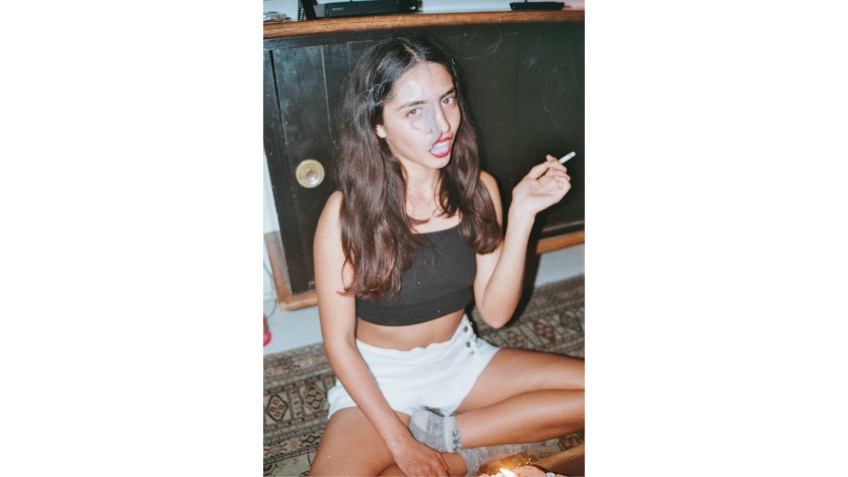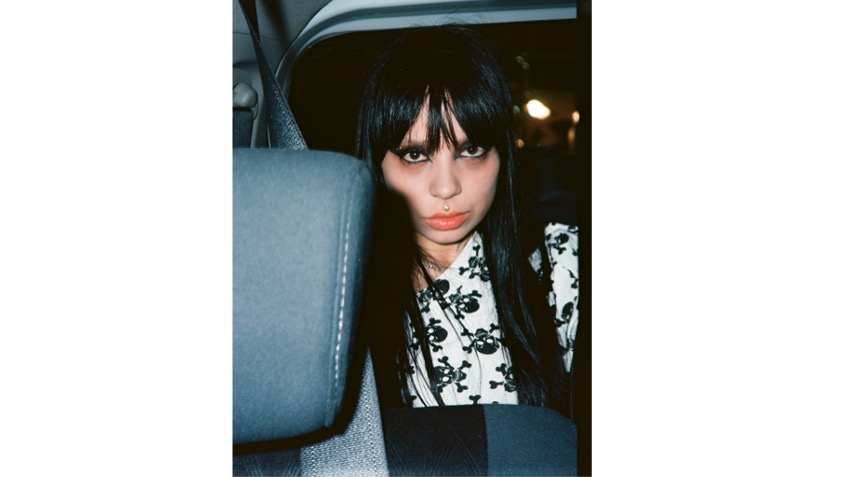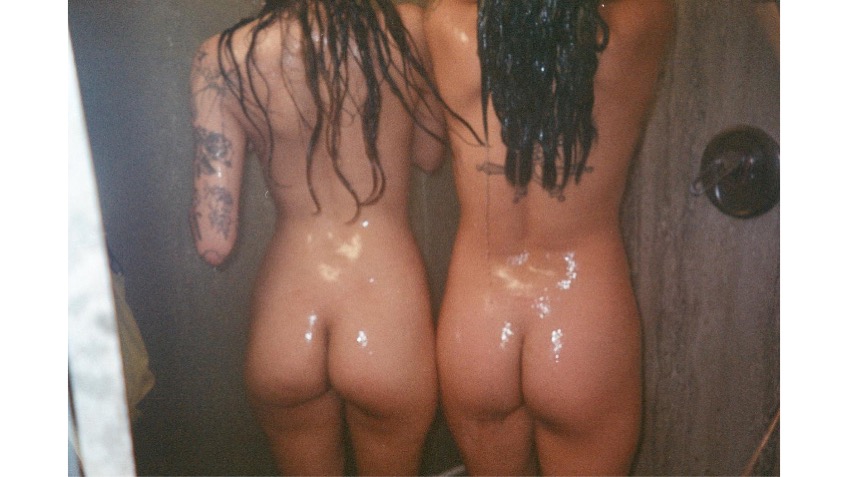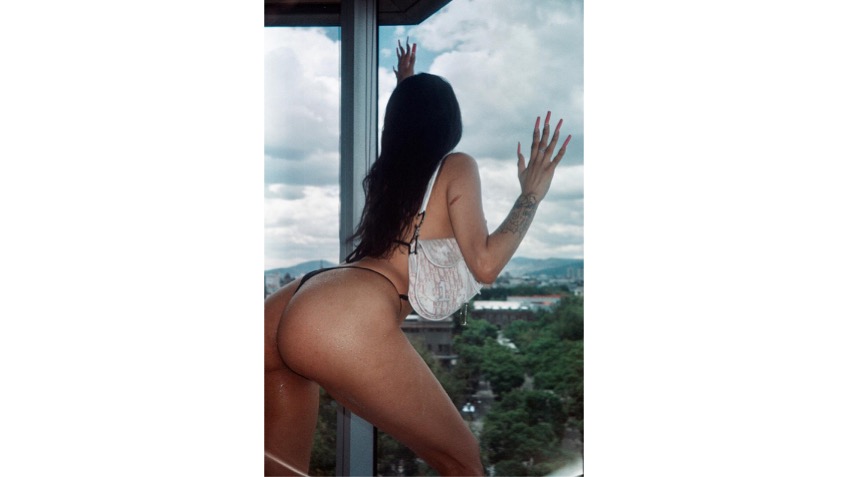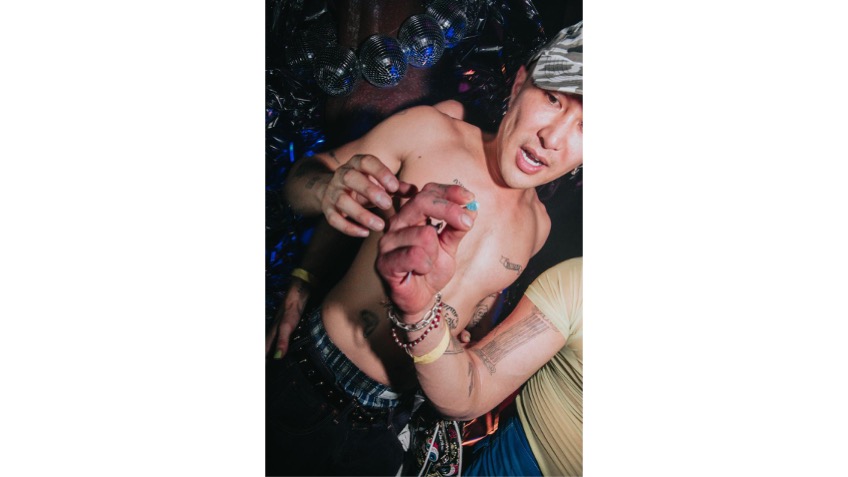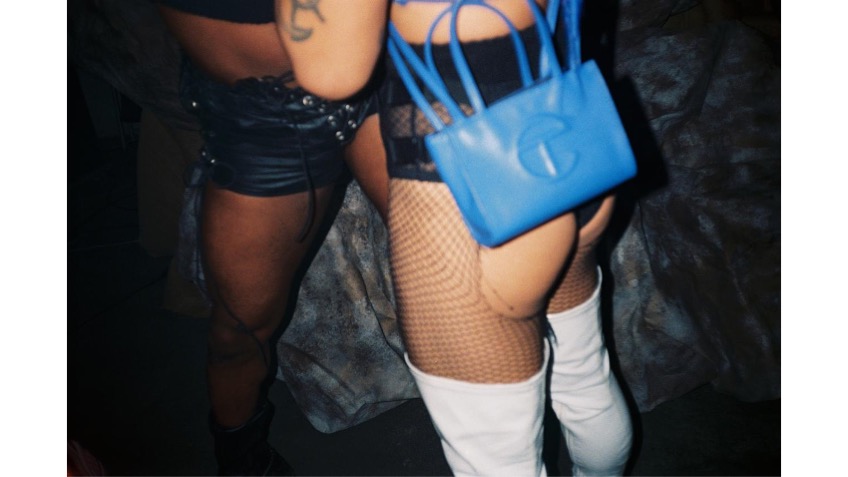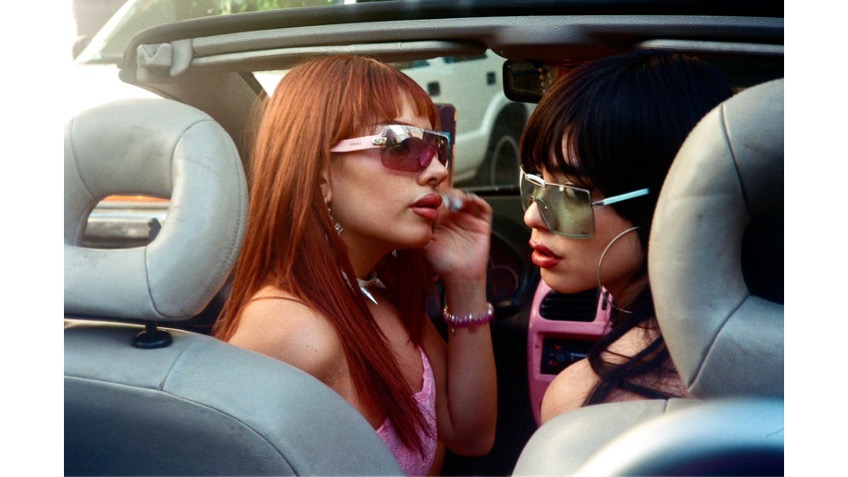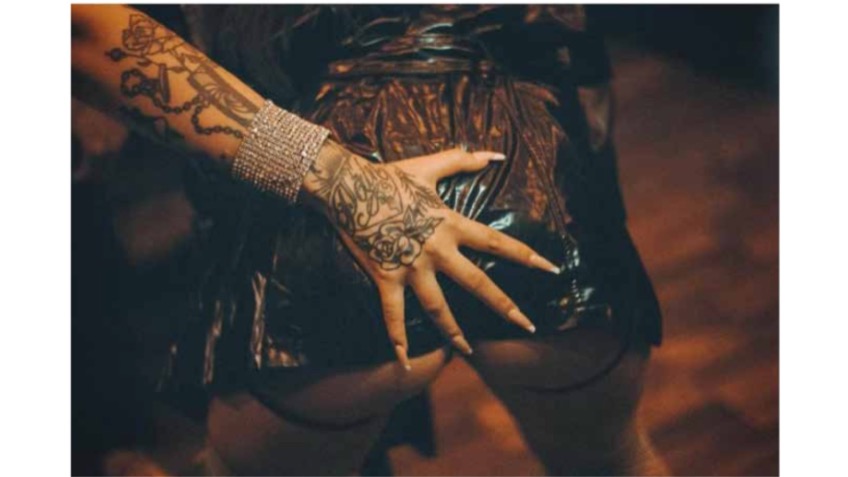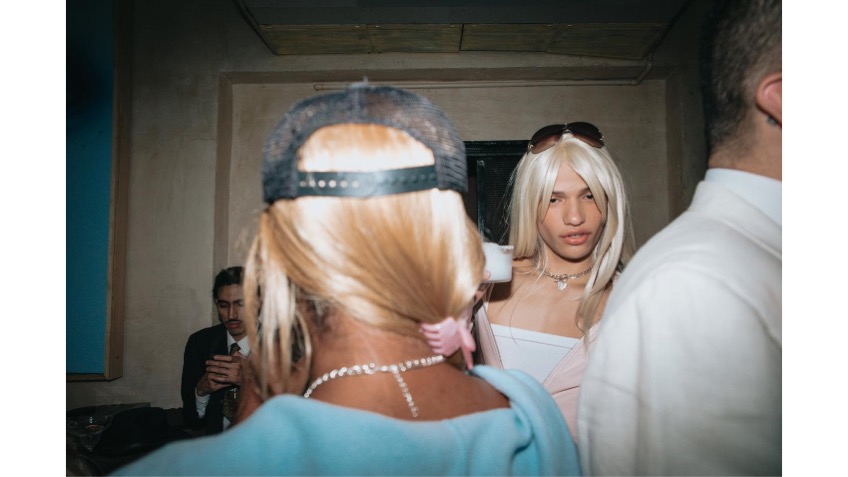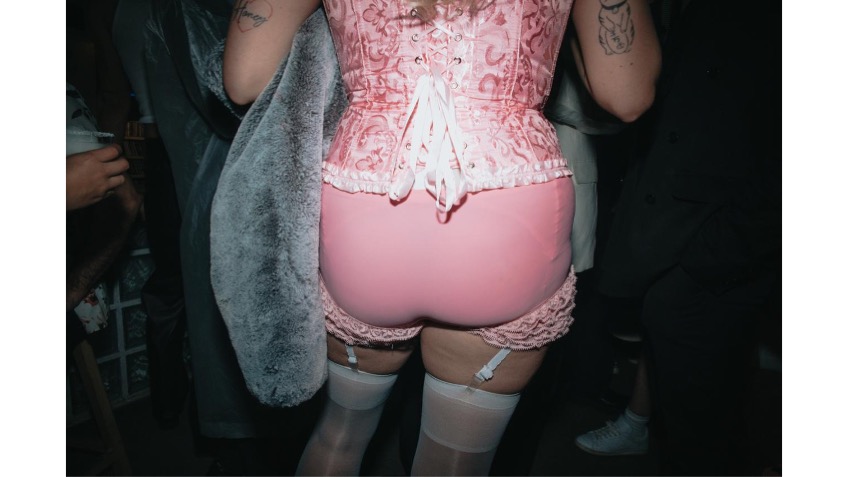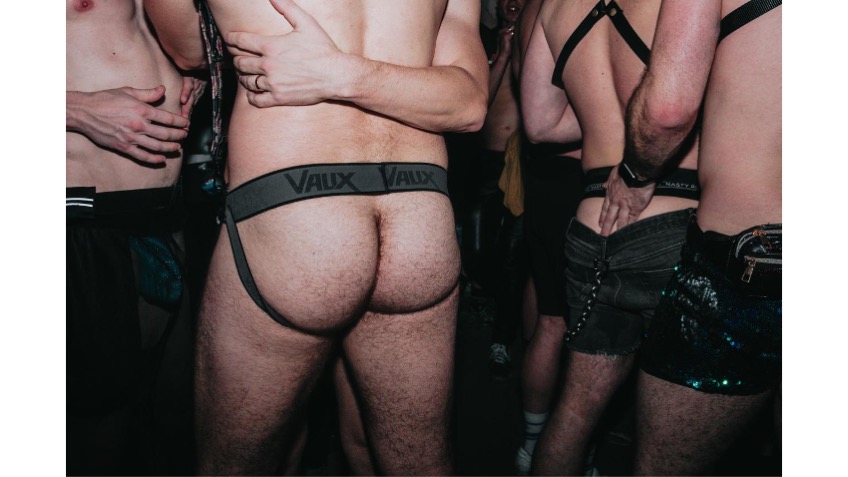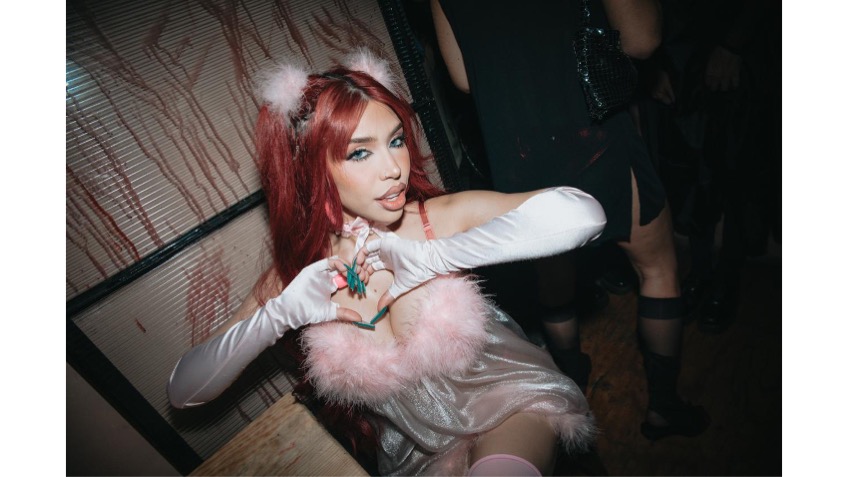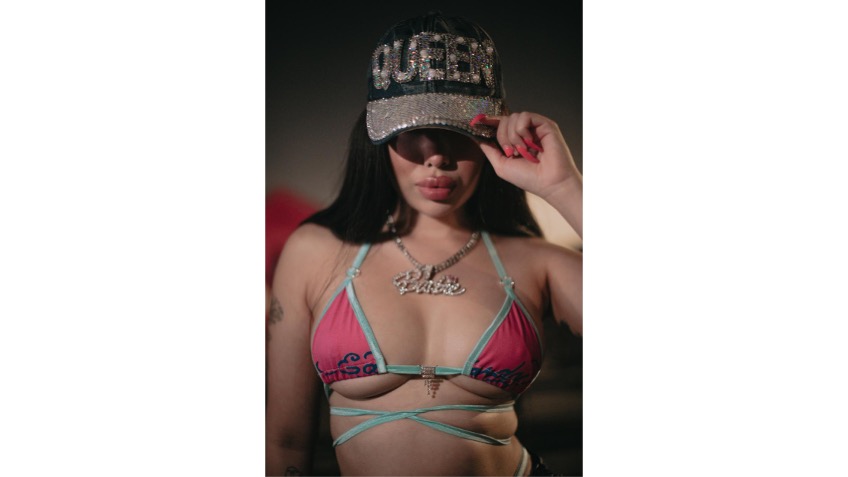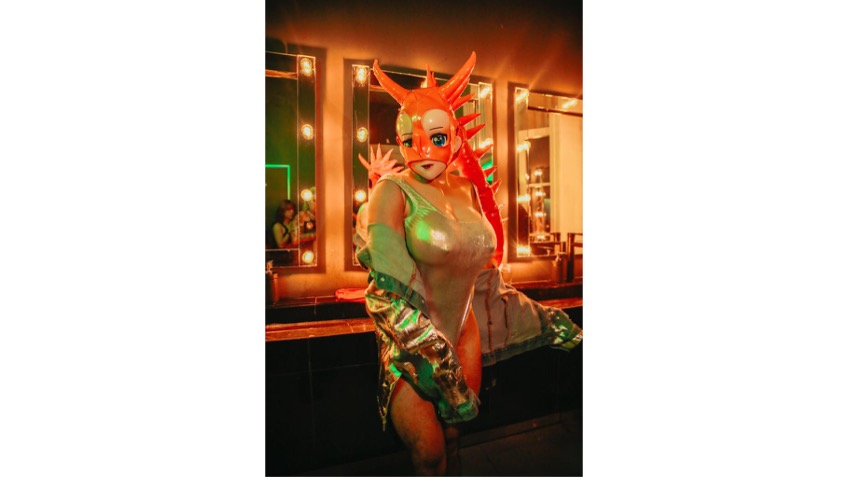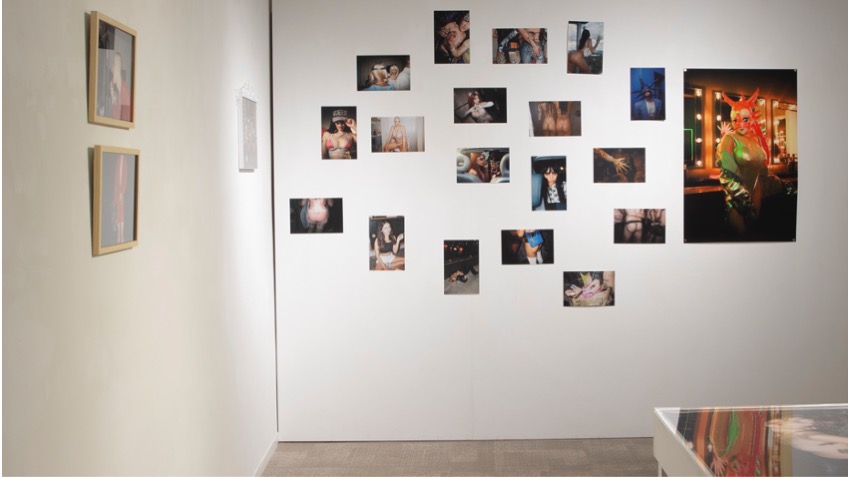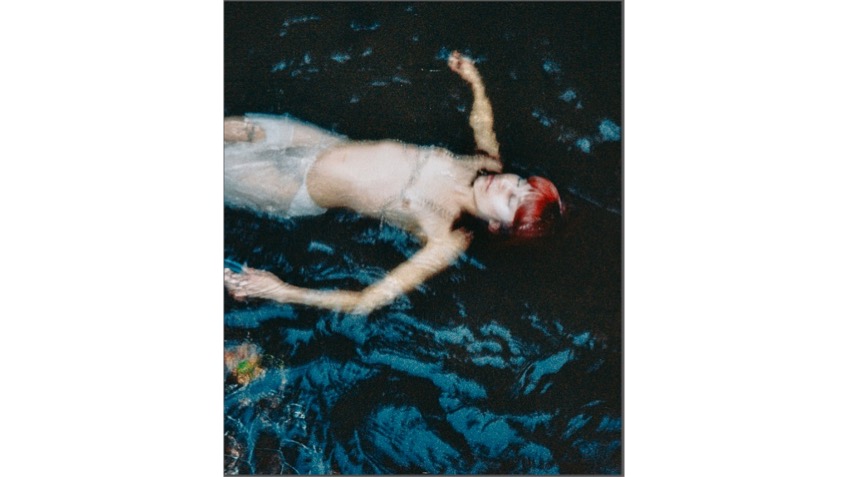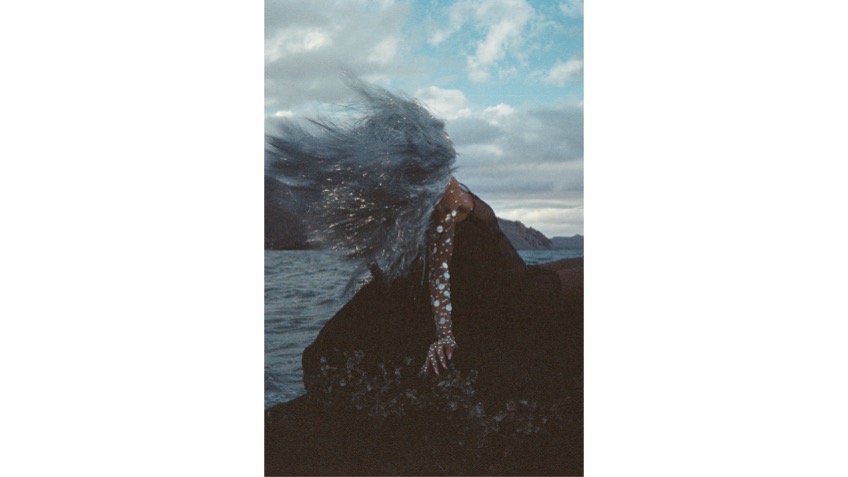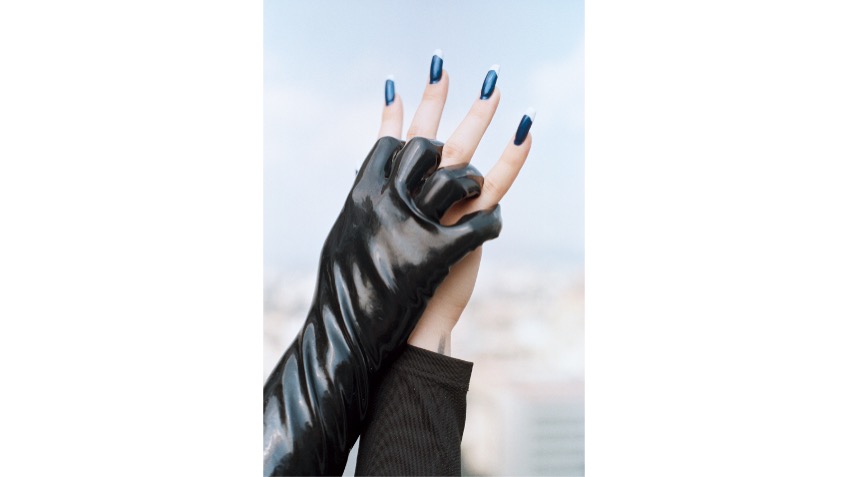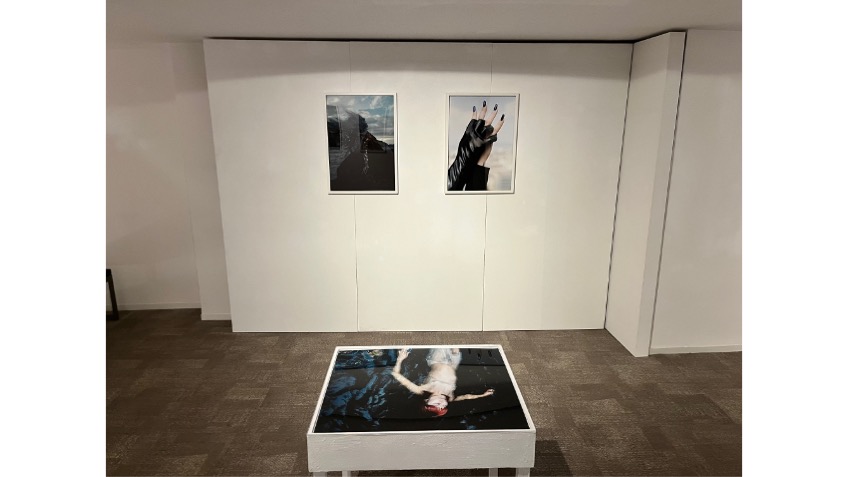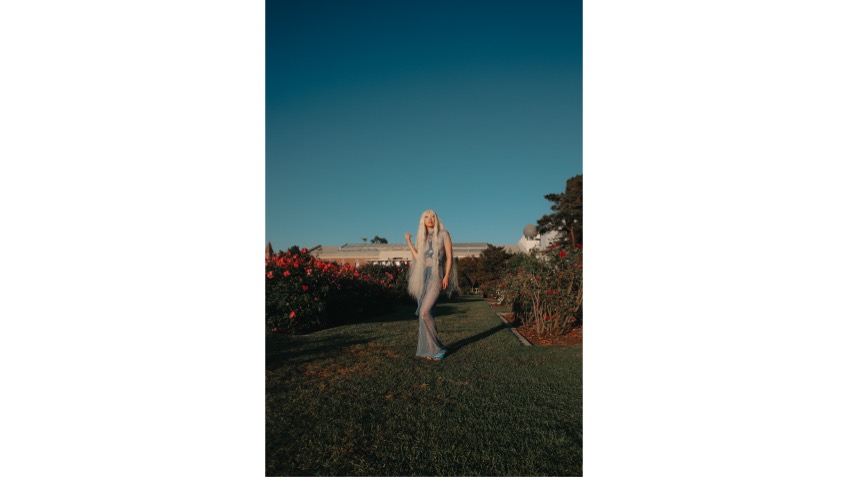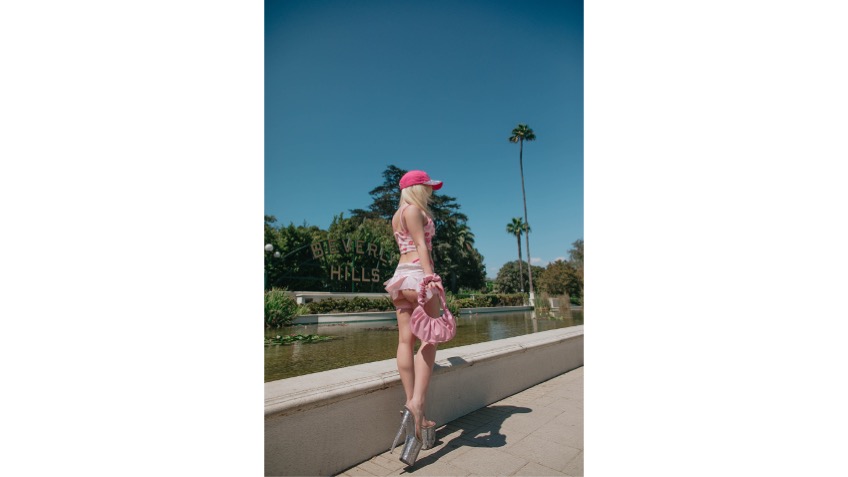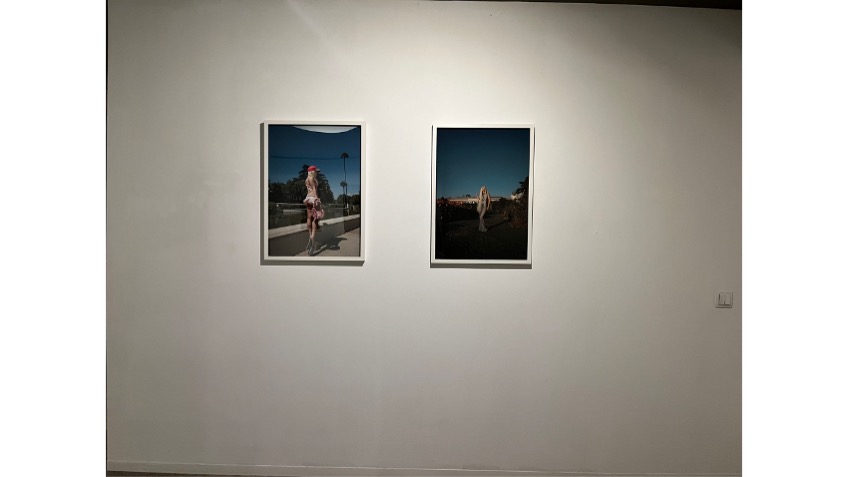Everything under the sun
Sandra Blow
from May 22, 2025 to July 12, 2025
Sandra Blow: Visibility, desire and resistance.
Sandra Blow's photographic work is situated at a turning point between intimate testimony and social critique, between celebration and danger, between the image as an act of love and as a battlefield. Her deeply committed gaze on queer lives and marginalised bodies in today's Mexican society unfolds a vibrant, urgent and provocative archive. From her feminist trench, Blow delves into the folds of the urban night to make visible those who have historically been excluded from the dominant visual narrative: trans, racialised, non-binary, precarious and rebellious people.
In her portraits, always close, affective and brilliant, the artist constructs her own iconography where friendship, desire, identity and resistance are founded in an aesthetic of radical presence. Her close circle - friends, accomplices - is also her raw material and her community. By photographing from the inside, Blow does not document from a distance, but gets involved, mingles, lets himself be touched. This vital closeness translates into images where queer is not a category or a style, but an embodied experience, a way of being in the world.
Far from idealising, her work reveals those latent dangers: racism, classism, transphobia and structural violence that still affect dissident bodies in contemporary Mexico. Each image carries this tension: enjoyment and threat, laughter and injury, possibility and risk. In this sense, her photographic practice is inseparable from a political gesture: she challenges patriarchy not only from the content, but also from the way in which the image is constructed and shared.
A particularly fascinating aspect of her work is the way in which she problematises the notion of celebrity and consumption. In her portraits, the queer figure is embodied as an icon, not from naturalness but from exaggeration, performance, artifice. Life becomes an advertising campaign where everything - the body, the clothes, the party, even violence - enters into a game of desire. Thus, the fashion garments worn by her portraits are not mere details, but symbols of a visual strategy that subverts the codes of mass culture and asks: who can be the object of desire? Who can occupy the centre of the frame?
Sandra Blow proposes a new visual genealogy where difference is not concealed but celebrated, where beauty is constructed from the margins. Her work not only represents a community: it makes it visible, affirms it, empowers it. In a world where people struggle to be seen, her work is an act of love and resistance.
Ramón Mateos
